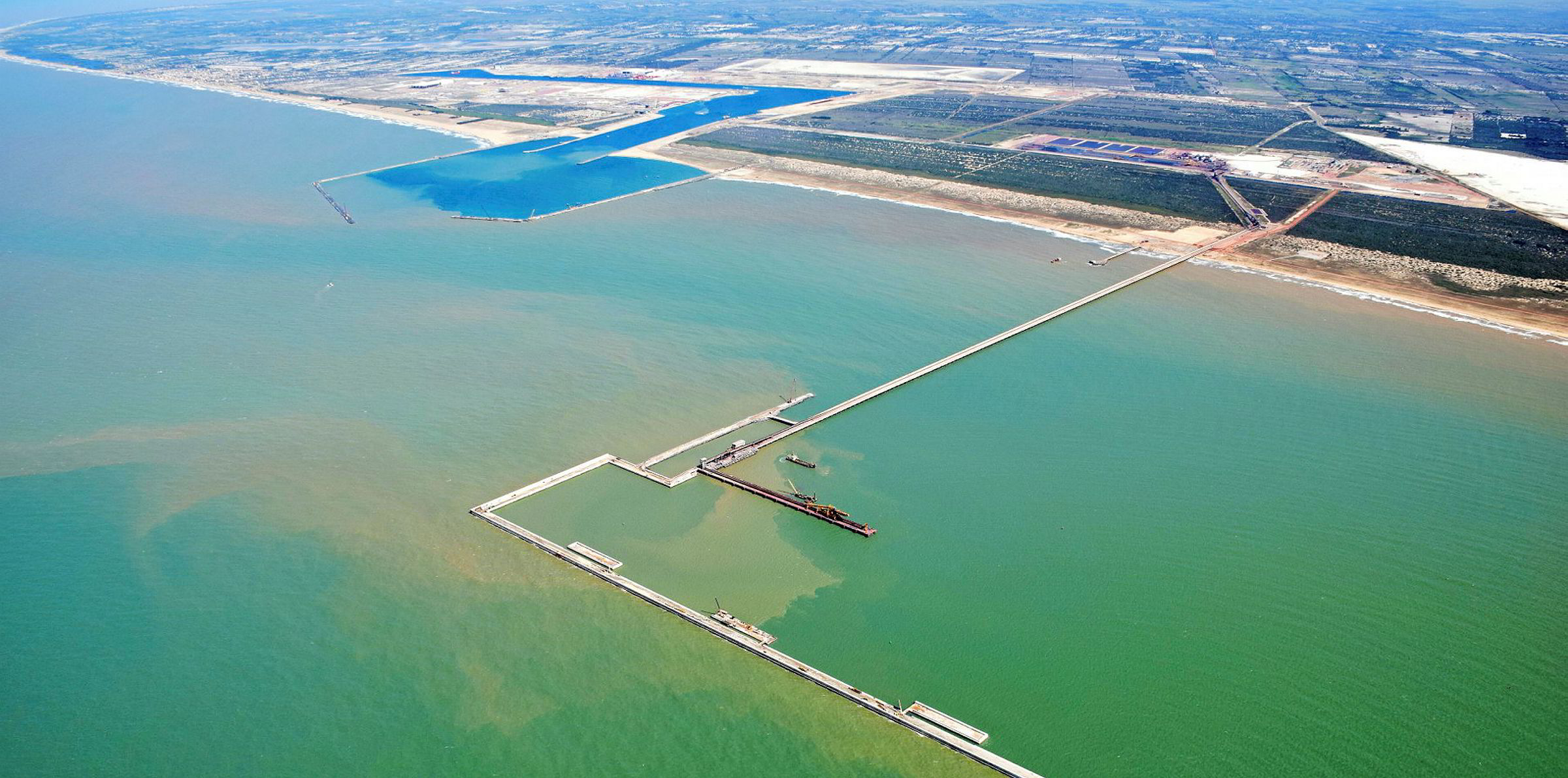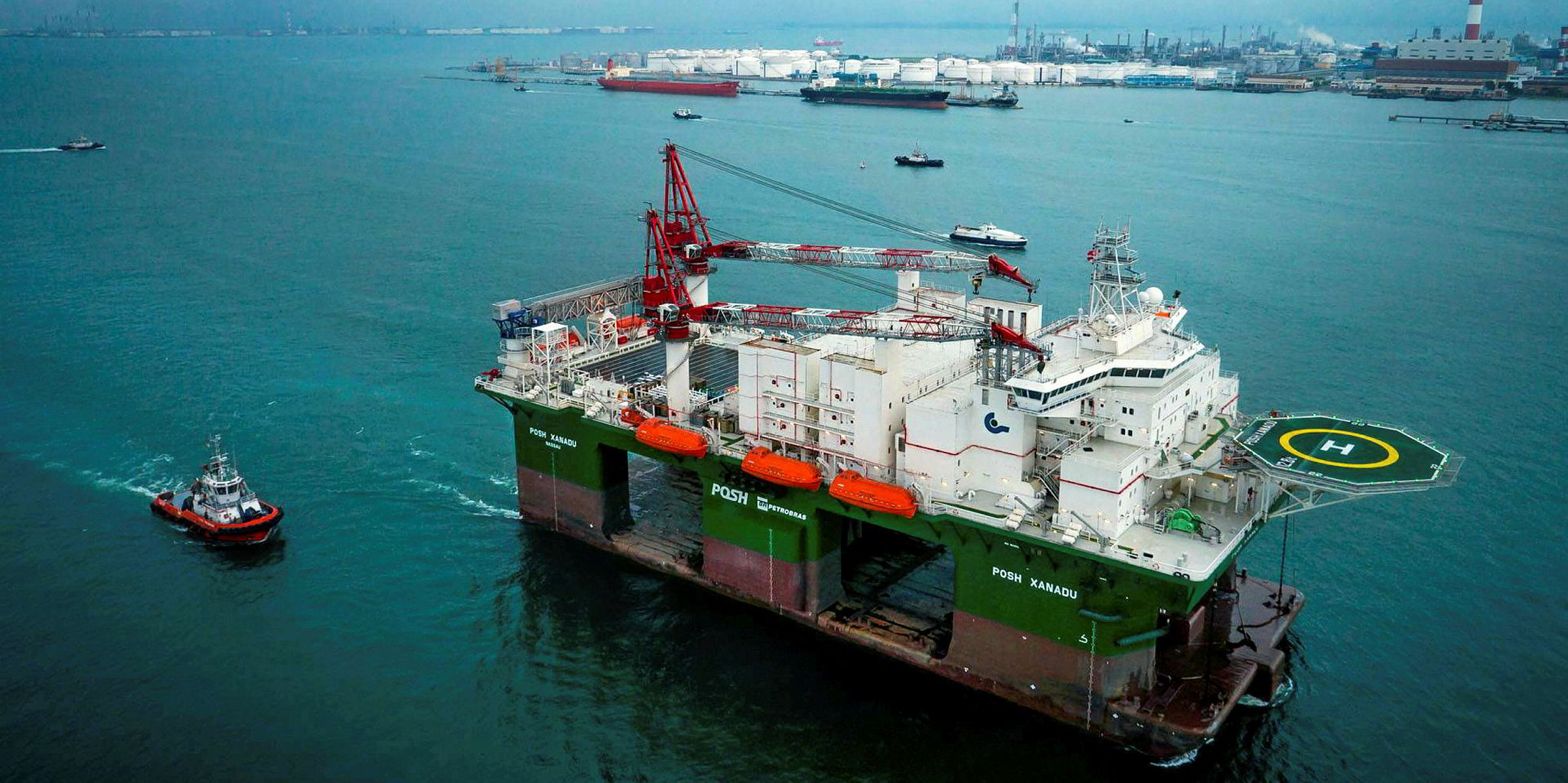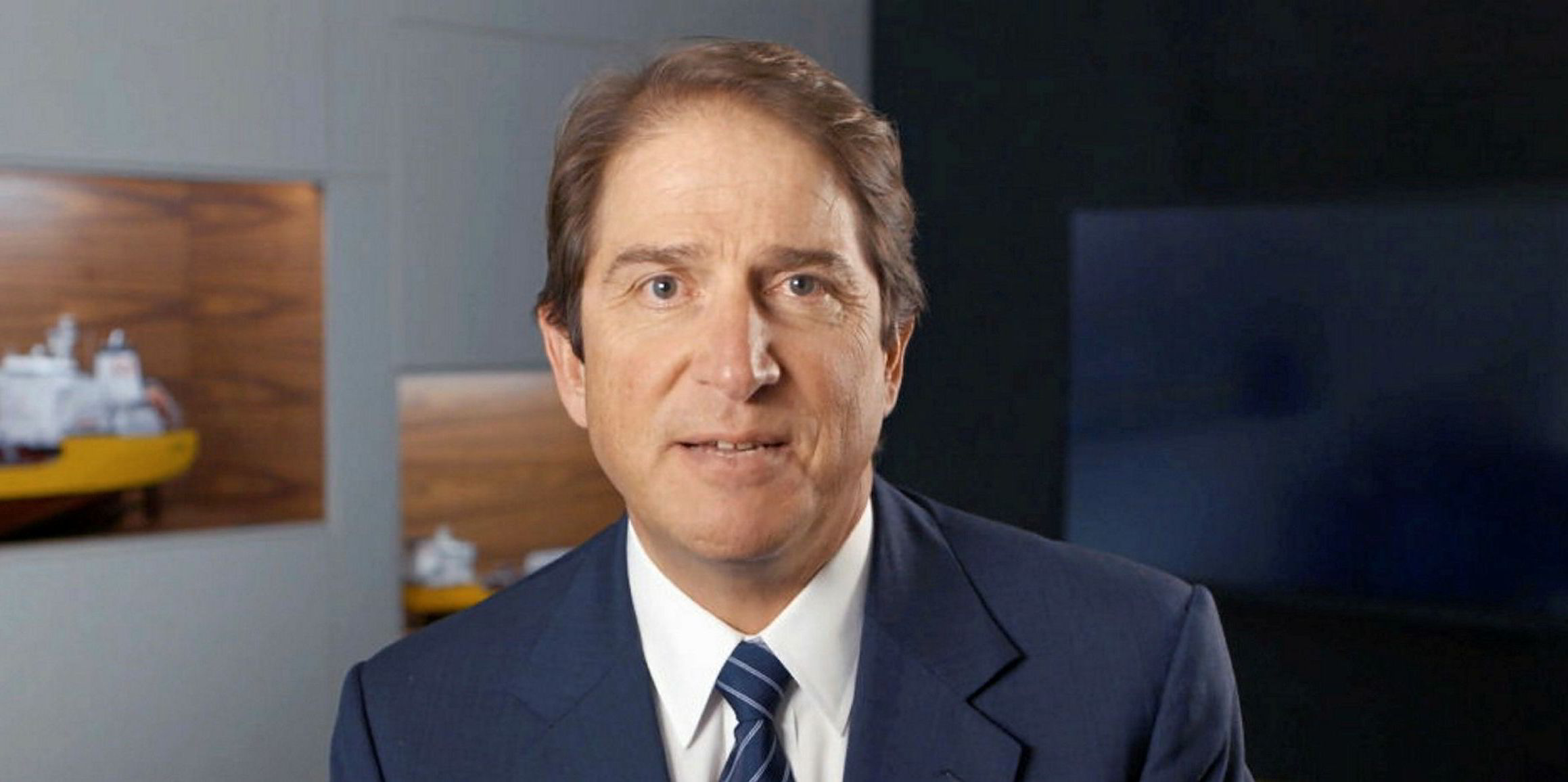Brazil is emerging as one of the most promising tanker markets globally, analysts and industry data suggests, hiking crude production amid a lack of refining capacity.
Despite having the world’s third-highest number of coronavirus infections, Brazil has maintained its upstream operations this year and domestic fuel consumption is also recovering.
“We expect their [crude] barrels to prove rather significant for shipping, especially as most are exported to China with a rather long distance to be covered,” IHS Markit’s liquid bulk principal analyst Fotios Katsoulas told TradeWinds.
Brazil’s crude production reached about 3m barrels per day (bpd) in the first half of this year, up 400,000 bpd from the same period of 2019, latest data from Joint Organisations Data Initiative showed. Industry reports suggested output in the third quarter remained high.
In line with the buoyant production figures, the country’s crude exports grew by nearly 227,000 bpd to 1.4m bpd for the first nine months of 2020, according to Kpler.
Brazil has increased exports to its top buyer, China — mainly on VLCCs — but it is also finding other markets.
“Crude exports continue to hold up. They've also sent more into India in recent months,” ClipperData commodity research director Matt Smith said.
“They're having to find a new home for their crude as China buying has been throttled back. More has stayed in Latin America [or] headed to the US last month.”
Strong future prospects
Petrobras, Brazil’s state-owned oil major, has made the largest investments in oil production facilities in offshore pre-salt fields in recent years.
“The offshore sector has not been especially hard hit, with Covid-19-related production outages rare, largely due to non-essential operations being suspended at offshore installations, and stringent regulations regarding the deployment and rotation of crews on platforms,” Alphatanker said in a weekly note.
With more floating production, storage and offloading vessels being commissioned, Alphatanker estimates Brazil’s crude output will increase to almost 3.3m bpd next year before growing by a further 700,000 bpd between 2022 and 2025.
“As crude production rises so will crude exports,” the research unit of AXSMarine said. “Almost every barrel of incremental production will continue to be refined abroad.
“We expect that incremental demand for Brazilian crude will come from Asia, which suggests that long-haul trade will favour the economies of scale provided by VLCCs.”
Moreover, Alphatanker expects large requirements of aframaxes and suezmaxes for shuttling crude to Montevideo in Uruguay for ship-to-ship transfers as Brazilian exports grow.
More product tanker shipments

Brazil is also expected to import large quantities of naphtha, gasoline and diesel from overseas, with growing fuel demand and falling refining throughput.
As part of the government’s efforts to revive the refining sector via liberalisation, Petrobras has proposed to sell nine of its refineries to private investors.
This suggests national refining capacity will remain insufficient before new investments are in place, according to Alphatanker.
“Considering the lack of refinery capacity expansion set against the backdrop of increasing domestic demand and widening net-import requirement, we project that Brazil will continue to be a source of clean tanker demand growth until at least the end of this decade,” it said.
Brazil generally sources oil products via MR shipments from the US Gulf, but occasionally LR1 cargoes from farther afield are observed.
Kpler data shows that imports of clean products are forecast to reach 587,000 bpd this month, the highest in a year, as domestic consumption gradually recovers from the peak of pandemic.
But this year’s imports have amounted to just 385,000 bpd so far, compared with the yearly average of 501,000 bpd.
“More time will be required for a full recovery,” Katsoulas said. “Demand hasn't been strong during the last few months due to Covid-19 cases further increasing.”






